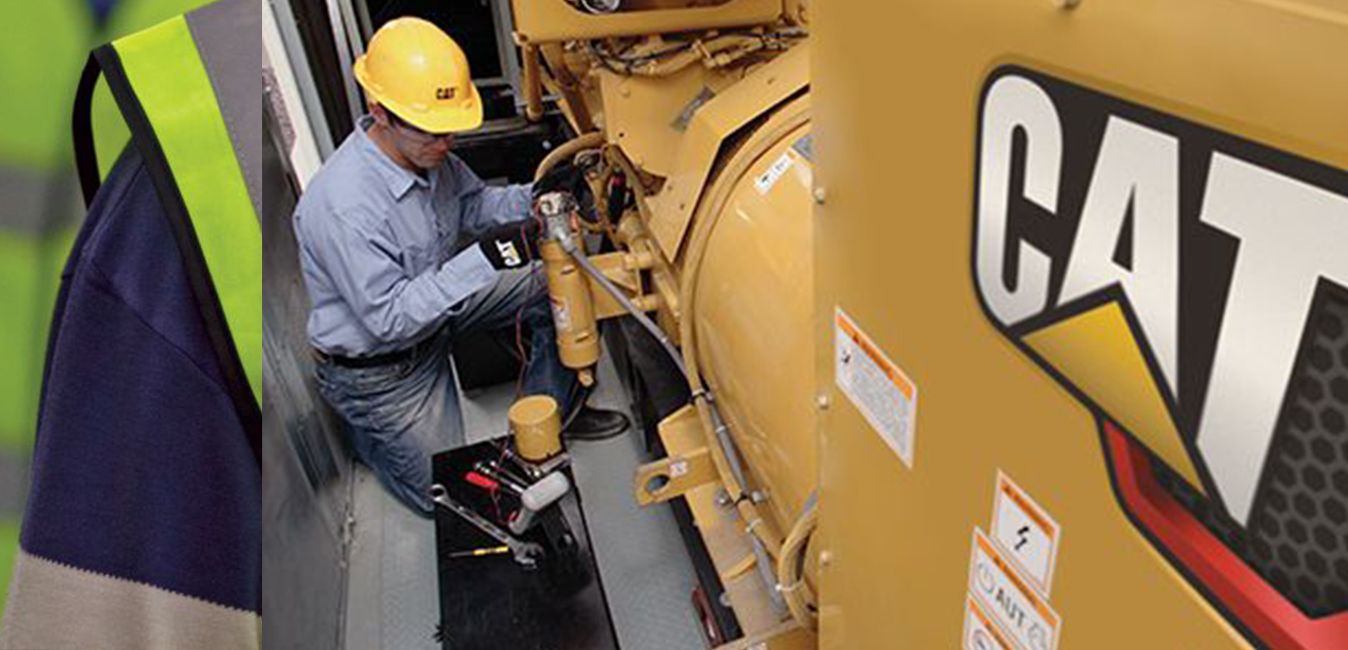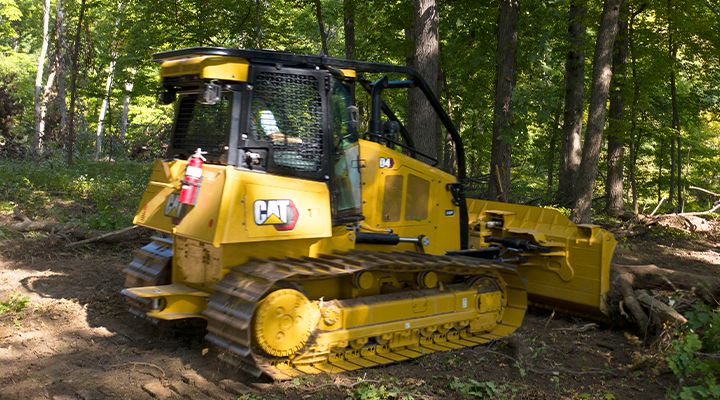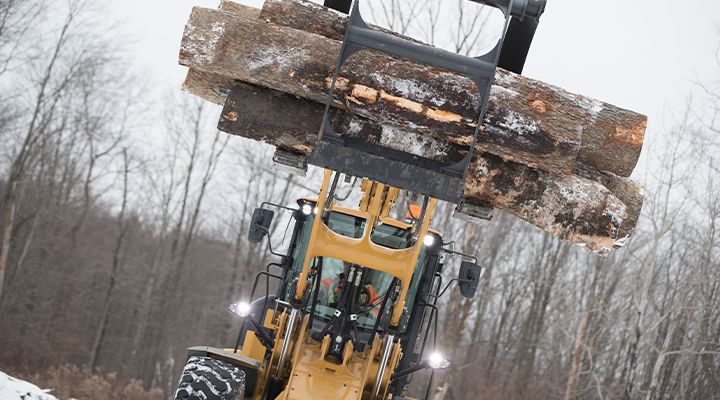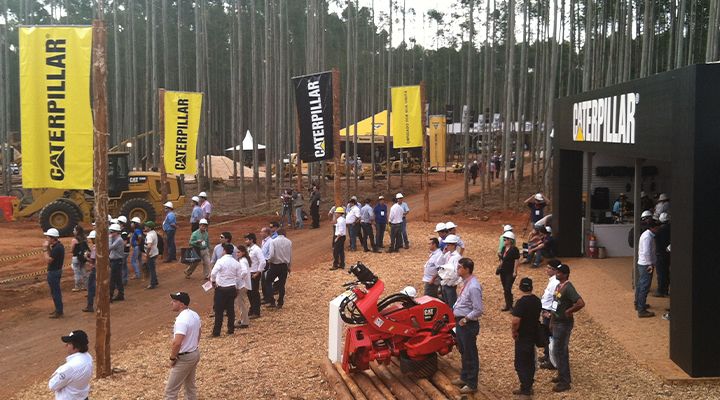

Sign In
Welcome! Sign In to personalize your Cat.com experience
If you already have an existing account with another Cat App, you can use the same account to sign in here
Register Now
One Account. All of Cat.
Your Caterpillar account is the single account you use to log in to select services and applications we offer. Shop for parts and machines online, manage your fleet, go mobile, and more.
Account Information
Site Settings
Security
Want More On The Bottom Line? Start Timing Tasks
We all want to maximize the time we spend on activities we like and limit time we spend on tasks we don’t. The best way to do this is to improve efficiency.
Take grocery shopping, for example. If you plan your route through the store in advance (minimizing the back and forth between aisles), your travel times are streamlined, resulting in a reduced “cycle time.” The time you save gives you back time to spend doing the things you like to do.
A logging operation is no different. The key to improving your bottom line is efficiency — reducing cycle times and streamlining tasks that are necessary, but don’t add to profit. For example, with a feller buncher, the value-added task is cutting trees, while maintenance, fueling and travel times are costs, not value-added functions.
Here’s how to get a handle on the efficiency of your operation by timing tasks:
- Document your typical day and time your tasks (e.g. leave house, stop at fueling station, arrive on site, start machine, fill machine, grease machine, travel, cut, etc.).
- Group each task into a handful of categories (e.g. commute, daily maintenance, harvesting, skidding, loading, etc.).

- Write down how long it takes to perform the tasks in each bucket. Let’s say you find that daily maintenance on your loader takes an average 45 minutes: 15 to grease, 10 to clean windows, 10 to blow out radiator, 5 to check oil levels and 5 for a general inspection.
- Look at areas for improvement. Maybe you find that if you added a power grease gun, kept it in the cab and greased just after lunch when the grease and the machine were warm, you could save 5 minutes a day. And you bring spares of high-risk hoses to the woods, and that saves you 15 minutes a week.
These incremental changes can make a considerable difference by the end of the year. Just saving 5 minutes a day over 50 weeks (5 day work week) equals approximately 21 hours of increased production time. Now add in the time saved by having spare hoses (12.5 hours) and you’ve got 33.5 hours of increased production. You don’t think of five minutes as significant until you look at a whole year and see that you’re adding almost a week of production.
Same goes for the harvesting process. Once you have broken down the cycle times for bunching, skidding and loading, analyze them and try to reduce the cycle times.
Here are tips to consider for improving machine cycle times:
- Look at travel times for harvesting equipment, especially machines on tracks. Unnecessary travel time is very expensive due to undercarriage replacement costs and lost production time.
- Plan your cut ahead of time. Take a few minutes to walk the plot. You can assess the ground conditions and terrain much better on foot.
- Avoid unnecessary trips for fueling. If you are cutting close to the landing and have half a tank, fill up. If you don't, you'll need fuel when you are cutting further away, and you'll have to track all the way back to refuel and all the way back to where you were cutting.
- The harvesting machine should be working about a day ahead of the skidders in order to keep the wood flowing out steadily and everyone working productively. If there is no wood on the ground and the skidders 'catch up' with the harvesting machine, you lose efficiency. For example, if you are cutting in a mixed stand, there may not be enough of a particular species to fill a truck; with the truck driver waiting, the harvester operator has to find and cut more of the same species to finish the load - instead of harvesting trees systematically.
- Always keep cutting tools sharp. Dull cutting tools prolong cut cycle times, can damage saw disks and cost you extra money in increased fuel consumption. A dull saw disk on a feller buncher can increase fuel consumption as much as 15 percent.
- Invest in appropriate equipment. For example, tire chains can help reduce skidder and feller buncher cycle times; chains increase traction and reduce the need for the feller buncher to move trees to a place that is accessible to a skidder without chains.
- The quickest way to the landing is not always a straight line. The fastest way likely is the path of least resistance. For example, you’re the skidder operator on the front face of a really steep hill, and the landing is at the top. You could claw and grab your way to the top, or you could go down the hill and around to an area less steep, traveling further but getting to the landing quicker.
- Optimize skid distances to eliminate unnecessary loader moves and road building, but know at what point a move is more efficient. Know your cycle times; when skid distances reach a certain point, you'll know you can make up the time lost by moving the landing because skidder cycle times will be faster.
- Have appropriate maintenance tools on site as well as replacement fluids and parts for components more likely to fail (hoses, seal kits).
- Post performance metrics for employees. Keep score. This ignites their competitive spirit and enables employees to see their improvements.
- Use technology. In the past measuring cycle times, machine down time and production levels was done manually with stop watches, weigh scales and tape measures. Today there are affordable telemetric systems that can provide most of this information through onboard computer systems. Having this information at your fingertips is worth the investment.
RELATED ARTICLES
You’re here to get ideas to grow your business. Read on for machine insights and expert tips and tricks to get more out of every job.
-
Cat Equipment Helps Logger Achieve Production, Environmental Goals
Cat® equipment helps Oregon-based D&S Logging achieve production and environmental goals.
Learn More -
Busting Stumps As Hard As Iron
For half a century, Patterson & Son has put Cat® dozers to the ultimate test on the boggy jobsites where the firm prepares sustainable tree farms for replanting.
Learn More -
Our Customers Say It Best
"Cat's been a great product for us. It's always dependable and performs really well."
Learn More -
Solutions for Brazil's Rapidly Growing Forestry Industry on Display at ExpoForest
Customers in the Brazilian forestry industry purchase nearly 2,000 machines a year—making Expoforest Brazil 2014 the place to be for Caterpillar and its local dealers.
Learn More






